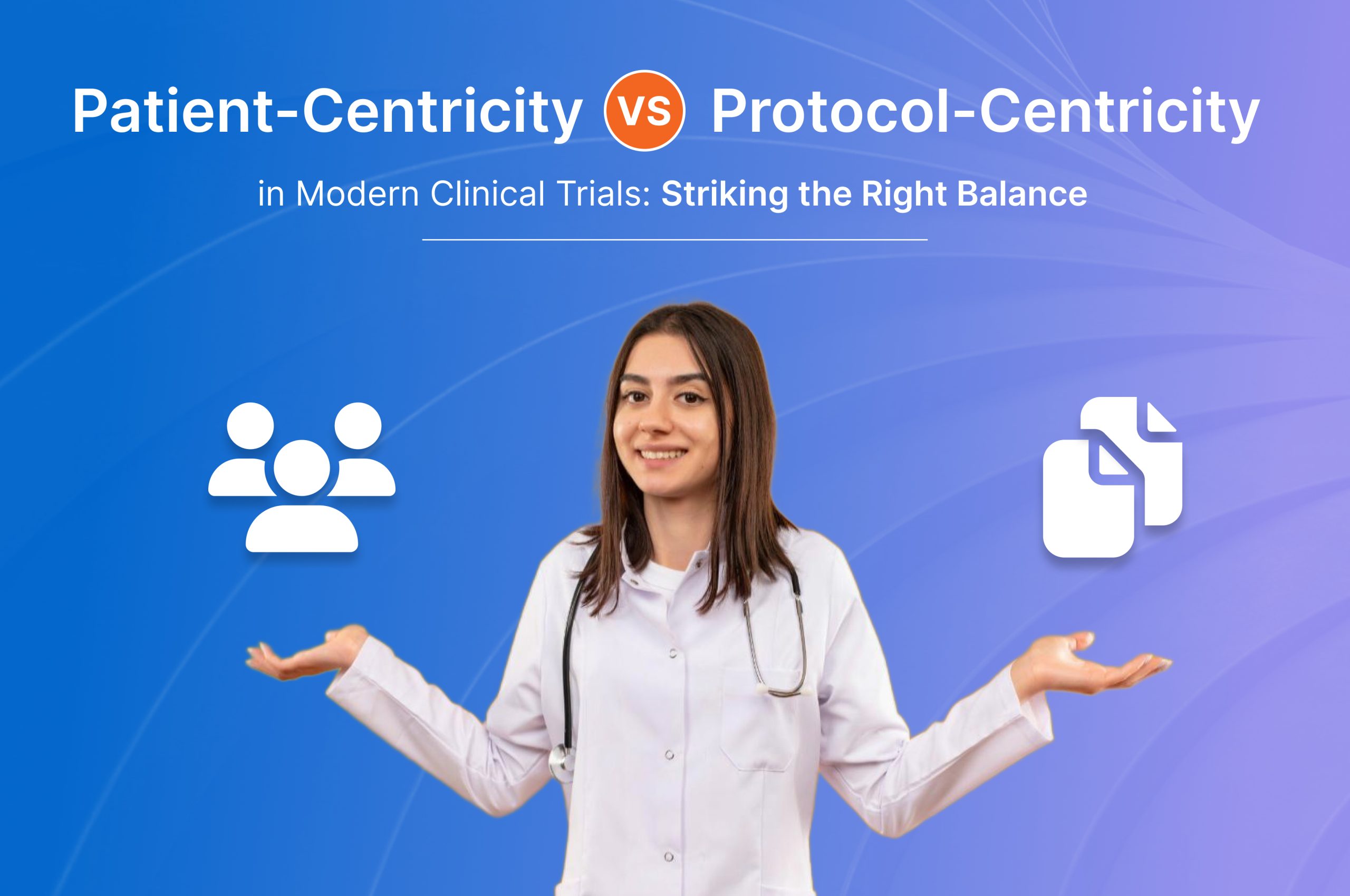In the ever-evolving landscape of healthcare, clinical trials play a vital role in advancing medical research and improving patient care. These trials generate vast amounts of data that need to be accurately collected, analyzed, and managed.
To accomplish this efficiently, clinical trial software is employed. However, amidst the complexity and critical nature of these trials, one crucial factor often overlooked is the user experience (UX). In this article, we explore the importance of UX in clinical trial software and how it can enhance efficiency and patient experience.
Ours is a world in which technology is always advancing. Analytical software for clinical trials that has user interfaces that are poorly designed can lead to research that is not fruitful, as well as research that is time-consuming, tedious, and annoying. The design of the user experience, or UX, provides a tremendous deal of potential for scientific software that deals with large amounts of data.
It is easy to forget that actual users will have to deal with this information at times, which can be frustrating. The interfaces and user experiences provided by technologies serve as the conduit between the user and the technology. When attempting to understand the requirements of users, taking a user-centered approach is the most effective way to arrive at well-informed decisions regarding the kind of data that should be displayed and the most effective methods for doing so.
Understanding User Experience (UX)
The complexity of big data will never go away, but that does not mean that the user experience must also be complicated. The user experience methodology (UX methodology) is a technique that is collaborative and iterative, which hinders creativity to address an issue.
The goal of user experience design (UX design) is to improve a user's overall pleasure with a product. It does not matter how sophisticated and resilient the back-end system and the product data are when developing software if they are rendered useless by an inaccessible and unintuitive user interface (UX) that does not engage users Some of the outcomes of effective and intuitive UX in clinical software solutions are.
Streamlining Complex Processes:
Clinical trials involve numerous stakeholders, including researchers, physicians, coordinators, and patients. The software used in these trials must facilitate seamless collaboration and streamline complex processes.
An intuitive and user-friendly UX design enables users to navigate the software easily, reducing the learning curve and minimizing errors. It empowers research teams to focus on their primary objectives rather than struggling with cumbersome interfaces or convoluted workflows.
Enhancing Efficiency:
Efficiency is paramount in clinical trials, as time is of the essence when it comes to patient safety and effective data analysis.
A well-designed UX eliminates unnecessary steps, automates repetitive tasks, and provides clear instructions, saving time and effort for all users involved. By optimizing workflows, clinical trial software with a strong focus on UX enables researchers to efficiently collect, organize, and analyze data, ultimately accelerating the trial process.
Improving Data Quality:
The accuracy and reliability of data are critical in clinical trials. User-friendly interfaces that prioritize clear data entry and provide real-time validation help reduce errors and ensure high-quality data collection.
With an intuitive UX, researchers can easily input and verify data, reducing the chances of human error and improving the overall integrity of the study results. This, in turn, enhances the scientific rigor of clinical trials and contributes to the development of safe and effective treatments.
Patient-Centric Approach:
Clinical trial software should not only cater to researchers but also prioritize the needs of patients participating in the trials.
By focusing on UX design, software developers can create interfaces that are accessible, understandable, and empathetic to patients. This can include features such as clear instructions, user-friendly interfaces, and easy-to-use tools for self-reporting symptoms or tracking medication adherence. By considering the patient experience, clinical trial software can foster greater participant engagement, retention, and compliance.
Usability Testing and Iteration:
Usability testing is an integral part of UX design, allowing developers to identify pain points and areas for improvement. Conducting usability tests with various stakeholders, including researchers, coordinators, and patients, ensures that the software meets their specific needs and expectations.
Regular feedback loops and iterative design processes enable continuous enhancements, resulting in software that continually adapts and evolves to address the challenges faced by users.
User Experience (UX) Fundamentals for the Field of eClinical Software
Balance:
The design is said to be balanced when all of the design components on the screen are the same size. When it comes to design, balance may be broken down into three categories:
- Symmetrical: The layout of the dashboard is symmetrical, meaning that it is the same on all sides or a mirror image of itself, which creates a proportional equilibrium.
- Asymmetrical: the two sides of the dashboard have different designs, but the total mass of the two sides is the same.
- Radial: Radial indicates that the dashboard has a central point around which elements are arranged in a circular pattern. This particular kind of balance directs your gaze inward, to the central focal point of the composition.
Establish Informational Priorities:
Because the user's eyes are more likely to be drawn to the top of the screen, it is important that the most important information be located there. The user will have a concise summary as a result of this.
A Format That Makes Logical Sense:
The user should not have any trouble understanding and following the layout, and there should be consistent formatting and design throughout the program. If the dashboard comprises multiple tabs, each tab should have a format, style, and layout that are consistent with the others.
Functionality should be Oversimplified
It is absolutely necessary to clearly display functionality and not conceal any critical features behind drop-down menus. When it comes to the design of a user interface, less is more.
Choose the Most Appropriate Technique of Visual Representation
Unlocking the usefulness of complicated data requires a number of steps, one of which is selecting the appropriate visualization to meet certain objectives.
- Which information should be displayed to the users?
- What is the method that is the most efficient and adequate for viewing enormous data sets?
- How can I figure out which dimension is the most important?
- Which information should be displayed to the users?
- How much information should I make available to my users?
- When is it OK for me to visualize the data?
- How can I determine the most critical data?
- How can I figure out which dimension is the most important?
- How can I view a large data set in the simplest way possible?
To accomplish this objective, there is still work to be done in many different areas of big data processing technologies; nevertheless, providing a fantastic experience for the end user is one of the most important criteria.
Data visualizations for the teams responsible for clinical operations, medical affairs, commercial activities, and analytics
In Summation
The importance of UX in clinical trial software cannot be overstated. By prioritizing usability, efficiency, and patient-centricity, developers can create software that empowers researchers, streamlines complex processes, enhances data quality, and improves the overall patient experience.
A well-designed UX not only enhances the efficiency of clinical trials but also contributes to the accuracy and reliability of the data generated. Ultimately, investing in a user-centered approach to clinical trial software paves the way for more successful trials, faster research outcomes, and improved patient care.
Octalsoft offers businesses comprehensive software solutions that enable them to more effectively manage mission-critical pharma operations and transform data into insights that can be acted upon with user-friendly interfaces, which make it simple to utilize the data and insights provided.
Want to know more about our suite of eClinical software solutions? Book a Demo with us today.



